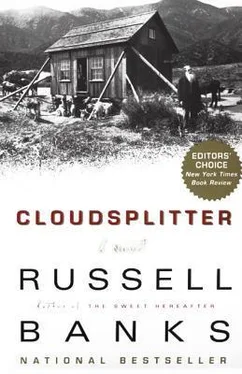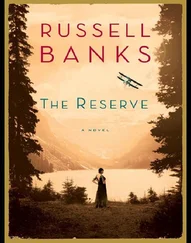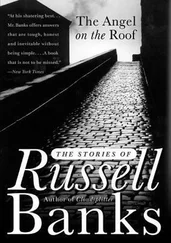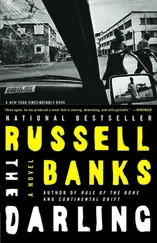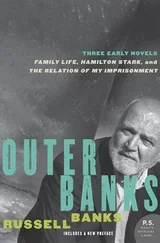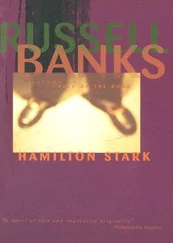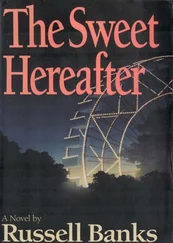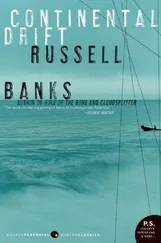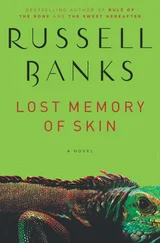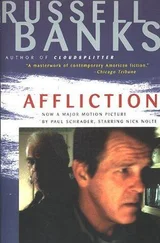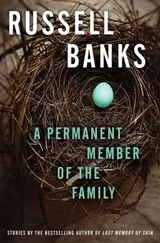WITNESS: James A. Rowland, jailor, Lumberton, N.C., in the “Fayetteville (N.C.) Observer” June 20, 1838. TESTIMONY: “Committed, a mulatto fellow-his back shows lasting impressions of the whip and leaves no doubt of his being a slave.”
WITNESS: J. K. Roberts, sheriff, Blount Co., Ala., in the “Huntsville Democrat” Dec. 9,1838. TESTIMONY: “Committed to jail, a negro man — his back much marked by the whip.”
WITNESS: Mr. H. Varillat, No. 23 Girod St., New Orleans, La., in the “Commercial Bulletin,” Aug. 27,1838. TESTIMONY: “Ranaway, the negro slave named Jupiter — has a fresh mark of a cowskin on one of his cheeks.”
WITNESS: Mr. Cornelius D. T olin, Augusta, Ga., in the “Chronicle Sentinel,” Oct. 18,1838. TESTIMONY: “Ranaway, a negro man named Johnson-has a great many marks of the whip on his hack.”
Here, with trembling hand, I delivered the book across to Father, who throughout had sat peering somberly into the fire that blazed in the great open fireplace. He brought the book near to his face, as he customarily did, and in his reedy voice continued where I had left off.
The slaves are often branded with hot irons, pursued with firearms and shot, hunted with dogs and torn by them, shockingly maimed with knives, dirks,&C.;have their ears cut off, their eyes knocked out, their hones dislocated and broken with bludgeons, their fingers and toes cut off, their faces and other parts of their persons disfigured with scars and gashes, besides those made with the lash.
We shall adopt, under this head, the same course as that pursued under previous ones — first give the testimony of the slaveholders themselves to the mutilations &c, by copying their own graphic descriptions of them in advertisements published under their own names and in newspapers published in the slave states and, generally, in their own immediate vicinity. We shall, as heretofore, insert only so much of each advertisement as will be necessary to make the point intelligible.
Father ceased to read, and we five sat for a moment in silence. All the younger children were long asleep in the rooms above. Then Father passed the book, still open at the page where he had left off, over to me, and falling into the antique manner of speech that he sometimes used, especially when overcome by emotion, he said, “Owen, thou hast still at times the voice of a child. Read these words, so that we may better hear in thy innocent voice their terrible, indicting evil.”
Not fully understanding, I nonetheless obeyed, and read on.
WITNESS: Mr. Micajah Kicks, Nash Co., N.C., in the Raleigh “Standard,” July 18, 1838. TESTIMONY: “Ranaway, a negro woman and two children; a few days before she went off, I burnt her with a hot iron on the left side of her face; I tried to make the letter M.”
WITNESS: Mr. Asa B. Metcalf Adams Co., Miss., in the “Natchez Courier” June 1 5,1832. TESTIMONY: “Ranaway, Mary, a black woman; has a scar on her back and right arm near the shoulder, caused by a rifle ball!’
WITNESS: Mr. William Overstreet, Benton, Yazoo Co., Miss., in the “Lexington (Kentucky) Observer,” July 22,1838. TESTIMONY: “Ranaway, a negro man named Henry, his left eye out, some scars from a dirk on and under his left arm, and much scarred with the whip.”
WITNESS: Mr. R. P Carney, Clark Co., Ala., in the “Mobile Register,” Dec. 22,1832. TESTIMONY: “One hundred dollars reward for a negro fellow, Pompey, 40 years old; he is branded on the left jaw.”
WITNESS: Mr. J. Guyler, Savannah, Ga., in the “Republican,” April 12,1837. TESTIMONY: “Ranaway, Laman, an old negro, grey, has only one eye”
WITNESS: J. A. Brown, jailor, Charleston, S.C., in the “Mercury” Jan. 12,1837. TESTIMONY: “Committed to jail a negro man, has no toes on left foot.”
WITNESS: Mr. J. Scrivener, HerringBay, Anne Arundel Co., Md., in the “Annapolis Republican,” April 18, 1837. TESTIMONY: “Ranaway, a negro man, Elijah; has a scar on his left cheek, apparently occasioned by a shot”
WITNESS: Madame Burvant, corner of Chartres and Toulouse Sts., New Orleans, in the “New Orleans Bee” Dec. 21,1838. TESTIMONY:
“Ranaway, a negro woman named Rachel, has lost all her toes except the large one”
WITNESS: Mr. O. W. Lains, in the “Helena (Ark.) Journal,” June 1, 1833. TESTIMONY: “Ranaway, Sam; he was shot a short time since through the hand and has several shots in his left arm and side.”
WITNESS: Mr. R. W Sizer, in the “Grand Gulf (Miss.)” June 1, 1833. TESTIMONY: “Ranaway, my negro man, Dennis; said negro has been shot in the left arm between the shoulder and elbow, which has paralyzed the hand”
WITNESS: Mr. Nicholas Edmunds, in the “Petersburgh (Va.) Intelligencer,” May 22,1838. TESTIMONY: “Ranaway, my negro man named Simon; he has been shot badly in the back and right arm.”
Long into the winter night I read, my voice breaking like glass at times, as it did then naturally, due to my youth, but more particularly because of the horrors that loomed before my eyes. My breath caught in my throat, my eyes watered over, my hands trembled, and it seemed that I could not go on saying the words that described such incredible cruelties. Yet I continued. It was as if I were merely the voice for all five of us seated together in that candlelit room before the fire, and we were together very like a single person — Father, Mary, John, Jason, and I, bound together by a vision of the charnel house of Negro slavery.
I said the words on the page before me, but I felt situated outside myself, huddled with the others, listening with them to the broken voice of a white boy reading from a terrible book in a farmhouse kitchen in the old Western Reserve of Ohio. Those cold, calm accounts from newspapers, those mild and dispassionate descriptions of floggings, torture, and maimings, of families torn asunder, of husbands sold off from wives, of children yanked from their mother’s arms, of human beings treated as no rational man would treat his beasts of burden — they dissolved the differences of age and sex and temperament that separated the five of us into our individual selves and then welded us together as nothing before ever had. Not the deaths of infant children, not the long years of debt and poverty, not our religion, not our labor in the fields, not even the death of my mother, had so united us as our hushed reading, hour after hour, of that litany of suffering.
In my lifetime up to that point and for many years before, despite our earnest desires, especially Father’s, all that we had shared as a family — birth, death, poverty, religion, and work — had proved incapable of making our blood ties mystical and transcendent. It took the sudden, unexpected sharing of a vision of the fate of our Negro brethren to do it. And though many times prior to that winter night we had obtained glimpses of their fate, through pamphlets and publications of the various anti-slavery societies and from the personal testimonies given at abolitionist meetings by Negro men and women who had themselves been slaves or by white people who had traveled into the stronghold of slavery and had witnessed firsthand the nature of the beast, we had never before seen it with such long clarity ourselves, stared at it as if the beast itself were here in our kitchen, writhing before us.
Читать дальше
